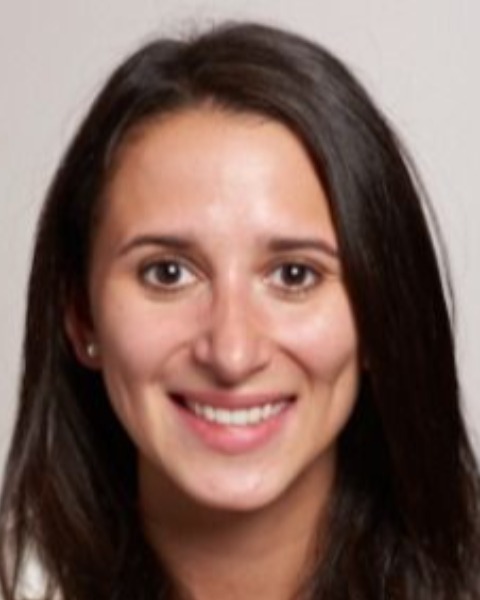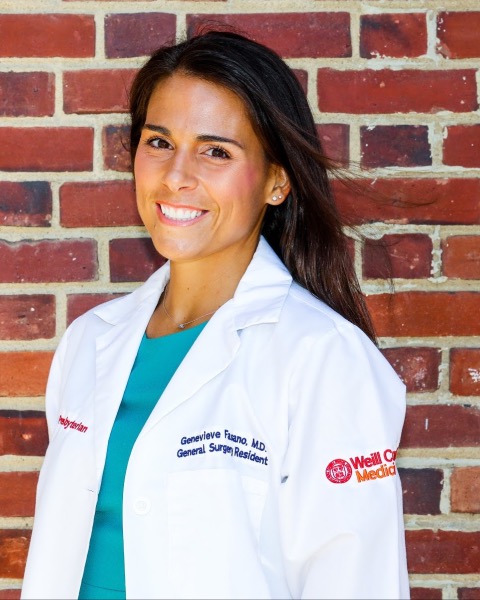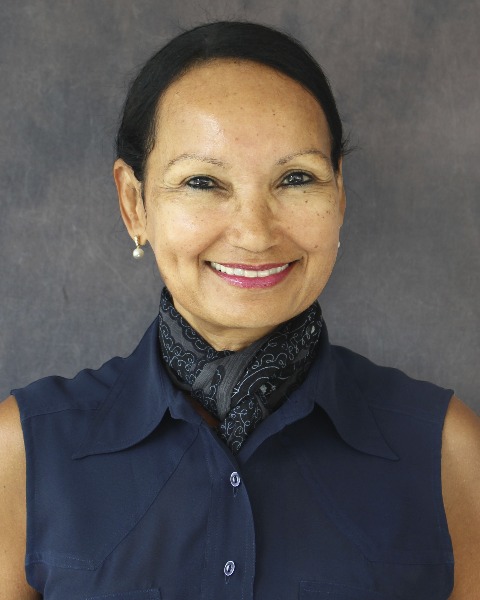Breast
non-CME
P8: Breast Cancer Among Asian Women in New York City: Disparities in Presentation and the Need for Disaggregated Data

Claire M. Eden, MD
Research Fellow
New York-Presbyterian Weill Cornell Medicine New York-Presbyterian Queens Hospital
New York, New York, United StatesDisclosure information not submitted.

Claire M. Eden, MD
Research Fellow
New York-Presbyterian Weill Cornell Medicine New York-Presbyterian Queens Hospital
New York, New York, United StatesDisclosure information not submitted.
- GS
Georgia Syrnioti, MD, MSc
Research Fellow
New York-Presbyterian Weill Cornell Medicine, United StatesDisclosure information not submitted.
- JJ
Josh Johnson, MD
Research Fellow
New York-Presbyterian Weill Cornell Medicine, United StatesDisclosure information not submitted.

Genevieve A. Fasano, MD
Research Fellow
Weill Cornell Medicine
New York, New York, United StatesDisclosure information not submitted.
- SB
Solange Bayard, MD,MS
General Surgery Resident
New York-Presbyterian Weill Cornell Medicine, United StatesDisclosure information not submitted.
- AL
Anni Liu, DMSc
Postdoctoral Associate
New York-Presbyterian Weill Cornell Medicine, United StatesDisclosure information not submitted.
- XZ
Xi Kathy Zhou, PhD, MS
Associate Professor of Biostatistics in Population Health Sciences
New York-Presbyterian Weill Cornell Medicine, United StatesDisclosure information not submitted.
- TJ
Tammy Ju, MD
Assistant Professor of Clinical Surgery
New York-Presbyterian Queens, United StatesDisclosure information not submitted.

Lisa Newman, MD, MPH,FACS, FASCO FSSO
Chief, Section of Breast Surgery
Weill Cornell Medicines
New York, New York, United StatesDisclosure(s): No financial relationships to disclose
- MM
Manmeet Malik, DO
Assistant Professor of Clinical Surgery
New York-Presbyterian Queens, United StatesDisclosure information not submitted.
Poster Presenter(s)
Author(s)
Breast cancer among Asian Americans is rising. The lack of disaggregated racial/ethnic and community demographic data for these patients can mask potentially relevant disparities.
We evaluated breast cancer patterns among the aggregated and disaggregated Asian American population at two hospitals: one in Flushing, Queens (QUE) and the other on the Upper East Side (UES) of Manhattan characterized by distinct community demographics.
Methods: Patients with newly diagnosed breast cancer between 1/2019-12/2021 were identified from a prospectively maintained database. Patients were categorized by self-reported race-ethnicity as Asian versus Non-Asian (NonA). The Asian group was disaggregated as Chinese-Asian versus Non-Chinese Asian (NonCA). Community physician workforce data was obtained from publicly accessible records on health.data.ny.gov.
Results:
2,588 patients (UES 1,718, QUE 870) were included. More patients in QUE identified as Asian compared to UES (46% vs. 16%, p< 0.001). Asian patients at both sites were mostly Chinese (QUE, 60%; UES 55%).
For the aggregated Asian group, more cancer at QUE than UES was detected by screening mammogram (74% vs 59%, p< 0.001). This was also observed for NonA patients at QUE versus UES (75% vs 61%, p< 0.001).
Frequency of screen-detected disease varied with disaggregated Asian identity: largest-magnitude differences were seen between QUE and UES Chinese patients (76% versus 58%, p< 0.001). Differences in screen-detected disease were not significant for QUE versus UES nonCA patients (71% versus 60%; p=0.06).
While there was no significant difference between clinical T stage, QUE Chinese patients were more likely to present with node-negative disease than UES Chinese patients (92% vs. 82%, p=0.004). No such difference was seen when comparing NonCA patients (85% vs. 90%, p=0.304), the aggregated Asian population (89% vs. 85%, p=0.156) or NonA patients (90% vs. 87%, p= 0.139) at QUE and UES, respectively.
Of 3,298 physicians in Flushing, Queens, 994 (30%) report being Chinese-speaking compared to 859 of 8,954 (9.6%) in the Upper East Side of Manhattan.
Conclusions:
Chinese patients living in neighborhoods characterized by a larger proportion of Chinese-speaking physicians were more likely to have screen-detected and node-negative breast cancer. Differences in stage distribution were not apparent when analyzing data for the aggregated pool of Asian patients.
Additional research is needed to evaluate the interplay between ethnicity and community-based resources in achieving breast health equity in the Asian American population.
Learning Objectives:
- Upon completion, participant will be able to identify that there is a disparity between Asian American ethnic aggregated and disaggregated data for screen detected breast cancer population in New York.
- Upon completion, participant will be able to describe that geographic location and community context may affect the stage of presentation for Asian American breast cancer patients in New York.
- Upon completion, participant will be able to recognize a need for further research on disaggregated racial, ethnic and community-level data for the Asian American breast cancer population
